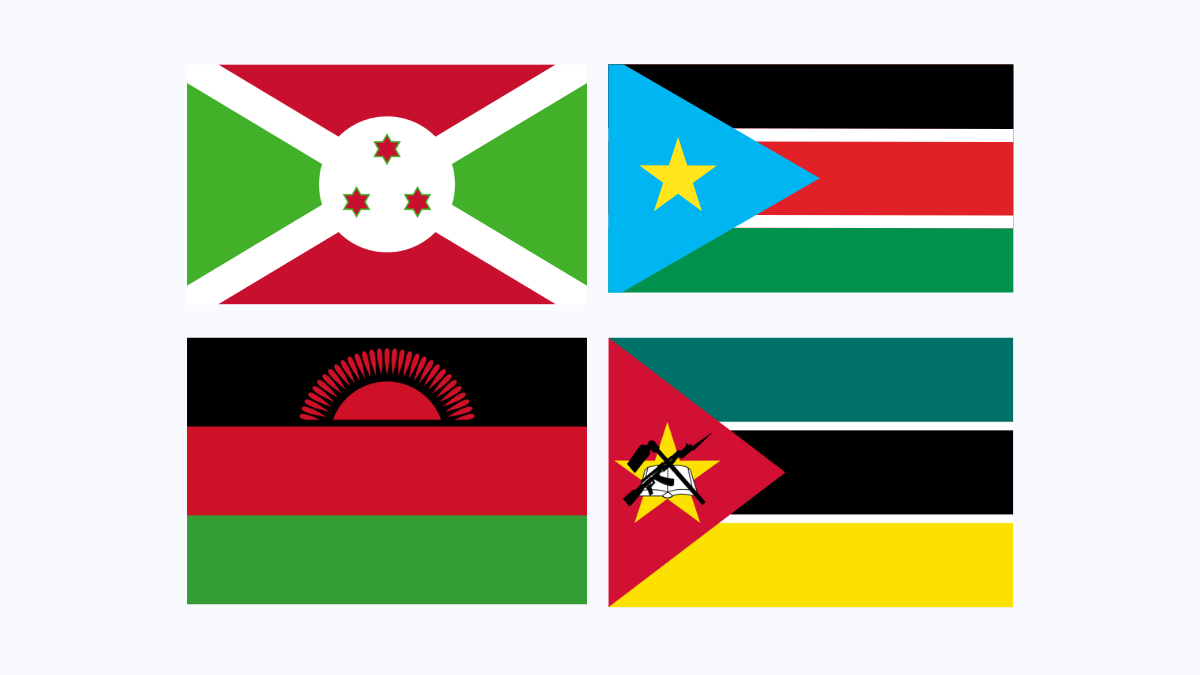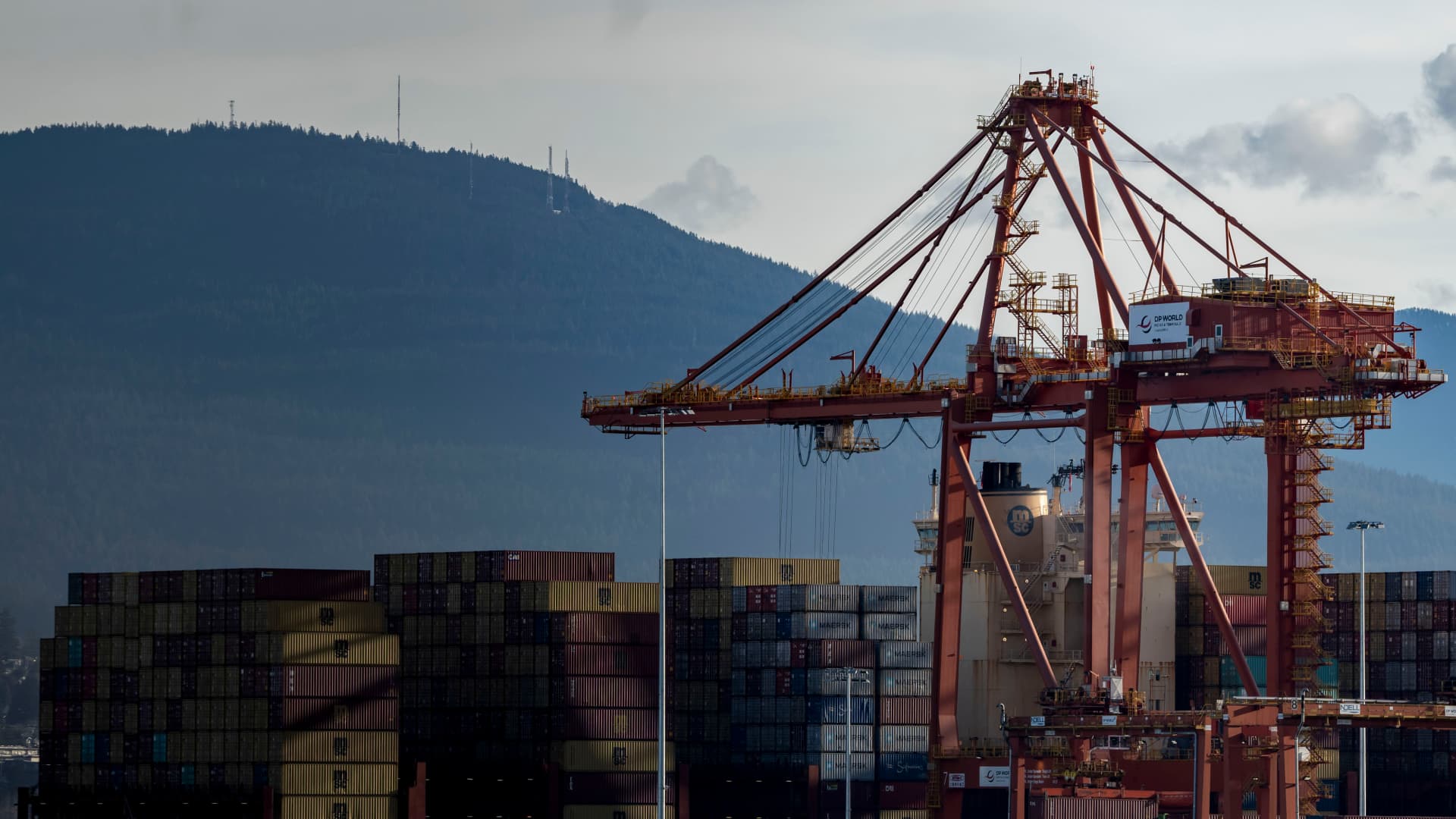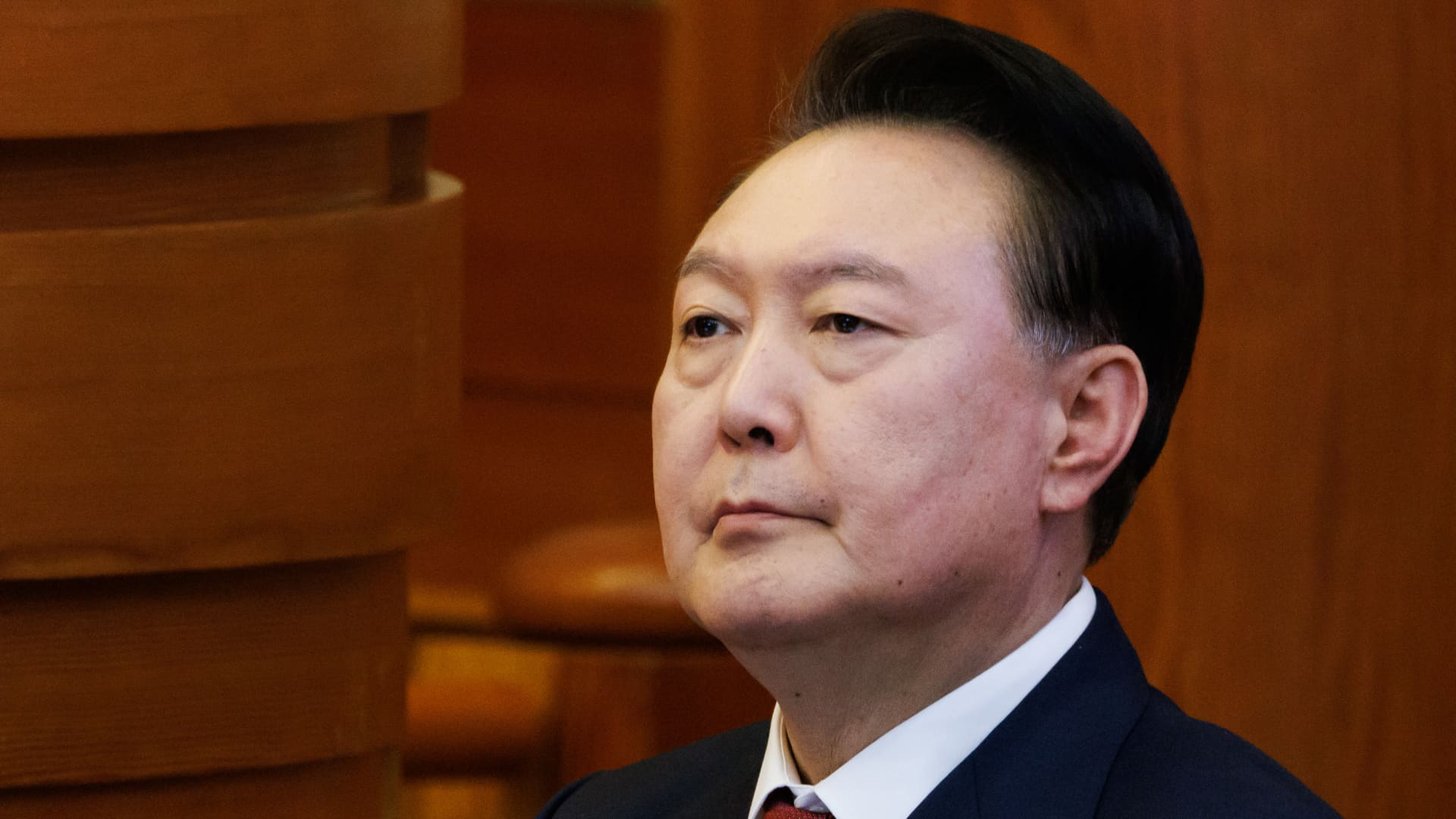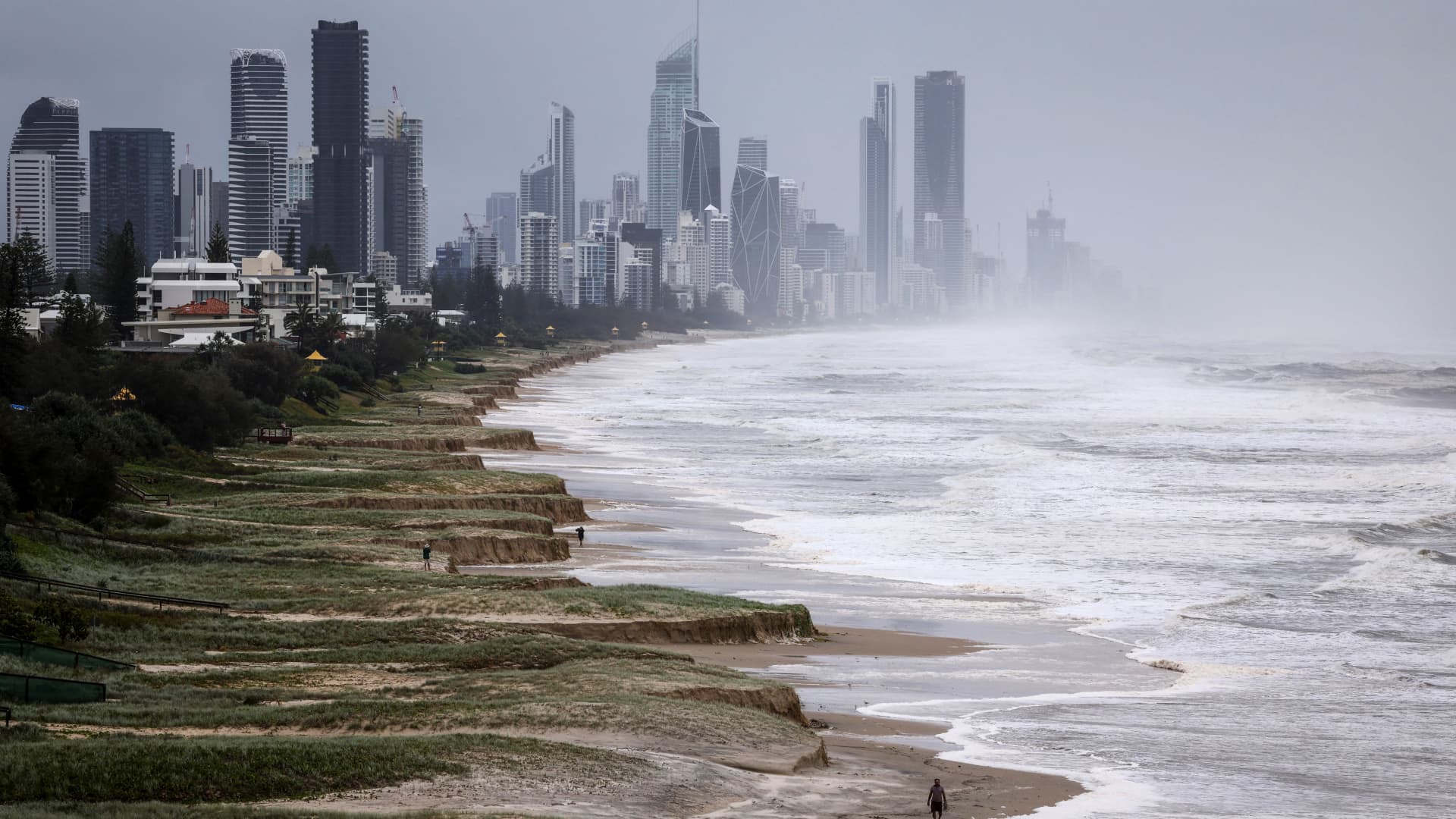Top 5 Poorest Countries and Why: While some regions of the world experience relative success in global development, others suffer from severe economic struggles. The poorest countries worldwide often suffer from a combination of historical, geopolitical, and natural factors. Here are the five poorest countries and the reasons for their dismal situations:
Table of Contents
1. Burundi
Burundi is considered one of the poorest countries in East Africa. Decades of civil war, ethnic conflict, and political instability have crippled its economy. This landlocked country relies on subsistence farming and large-scale agriculture is nearly impossible due to a lack of proper infrastructure and limited resources. The rapidly growing population also pressures the country’s already limited resource base.
2. South Sudan
South Sudan is the youngest country in the world since it gained its independence in 2011, but the country has been in a state of conflict throughout its history. Civil war and even political instability have prevented the establishment of infrastructure and basic services. The country is very rich in oil, but internal conflicts and mismanagement seem to be holding back economic growth. Also, poverty is worsened by a lack of clean water, healthcare, and education.
3. Malawi
Malawi is another African country that is linked to poverty issues as the country is agricultural and exposed to climate change. Agriculture accounts for about 80% of employment; however, the frequent effects of droughts and floods in the region have destroyed crop yields. Furthermore, severe HIV/AIDS rates and limited healthcare facilities have hindered the country’s development activities.
4. Mozambique
Mozambique is one of the poorest countries despite having natural resources. Years of civil war, corruption, and cyclones have seen people become disillusioned with the country’s development. The reliance on coal and natural gas extraction has not brought about overall economic growth, forcing most citizens to live below the poverty line.
5. Niger
Niger’s economy largely depends on agriculture; However, desertification, drought and poor soil conditions make farming challenging. Very high population growth rates, combined with inadequate educational and health service delivery systems, further exacerbate poverty. The country faces political instability and recurrent food shortages.
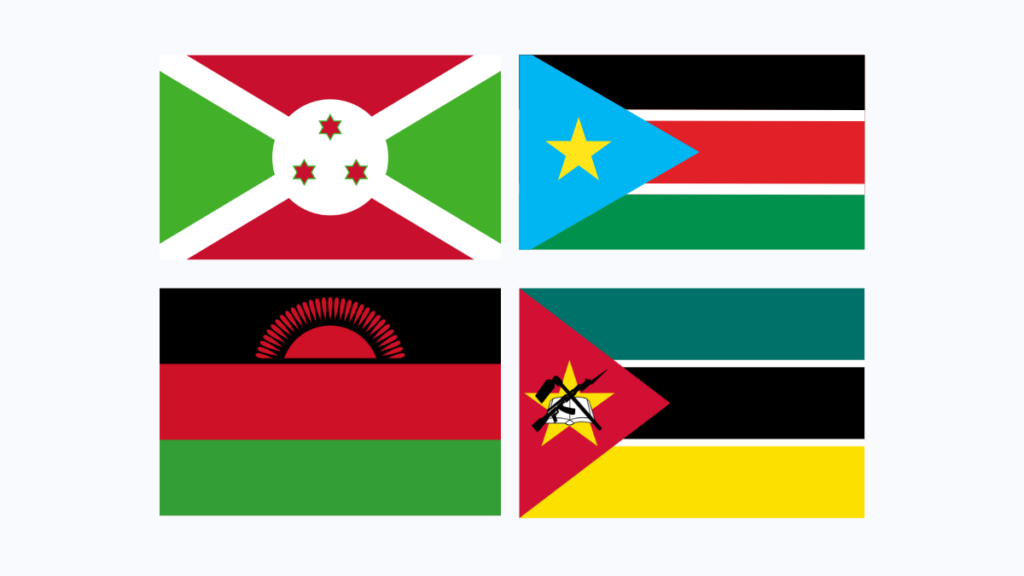
Ways to make them wealthy countries?
To transform the poorest nations to exemplify the most advanced, we need to tackle economic, social and political barriers. This paper presents several possible solutions:
1. Peace and political stability
Economic development and stabilization of government It becomes worse due to the constant conflicts, political instabilities and corruption that eats up the resources of a nation and discourages more investments.
International diplomacy, peace treaties in nations like South Sudan, Burundi — Conditions for long-term conflict resolutions stabilize.
2. Infrastructure development
Transport energy technic way infrastructure and economic development are interуas connected. Land-locked countries, as well countries with a poor road system cannot easily trade in the global market.
Infrastructure projects can be partially financed through partnerships of international organizations and private companies.
3. Agriculture Modernization
In developing countries, this can mean investing in technology and irrigation systems or methods to improve farming to enhance productivity – particularly for countries that rely heavily on agriculture.
Governments and NGOs should provide training, seeds and equipment to increase crop yields, creating food security.
4. Education and Healthcare
And any good economy is built on a healthy, educated workforce. Long-run externalities of universal education and basic healthcare services make investment in human capital free, providing a kind of natural demand stimulus that supports long-term growth by endogenising skilled labor along with internalizing the social and economic burden of diseases.
While the impact on productivity is also likely to be considerable in countries with high prevalence of HIV/AIDS, malaria and other preventable diseases such as Malawi.
5. Economic Diversification
Indeed, in many poor countries most of their economy is concentrated on only one sector – whether it be agriculture or natural resources rent extraction -, which leaves those economies with a high vulnerability to external shocks. This, in turn, increases resilience; so can diversifying the economy into industries such as manufacturing or services and technology.
Governments should also encourage small and medium-sized enterprises (SMEs) to create jobs, and help diversify away from depending on the boom/bust extractive industries.
6. Sustainable Development Pillar III: Good Governance and Anti-Corruption
Combating corruption and promoting governance means that the wealth of a nation will be spent on development, not in the hands of some people.
That will not only re-attract foreign investors, but also make sure that international aid goes where it is meant to go.
7. Relations with other nations++; foreign aid
International institutions like the World Bank, the IMF and UN could offer financial support to developing countries, as well as establish debt relief measures and provide technical assistance.
Sustainable growth can only be empowered through long-term partnerships, not short term aid.
With emphasis placed in these four areas—political stability, infrastructure, education and economic reform—nations that are poverty-stricken have unlocked pathways to wealth and prosperity for their future.

Conclusion: Top 5 Poorest Countries
The problems of these countries are rooted in history: exploitation, political instability and environmental challenges. Some of these countries have untapped resources, but their systematic transformation, peacebuilding and international cooperation must first provide a minimum basis on which the economy can grow.
